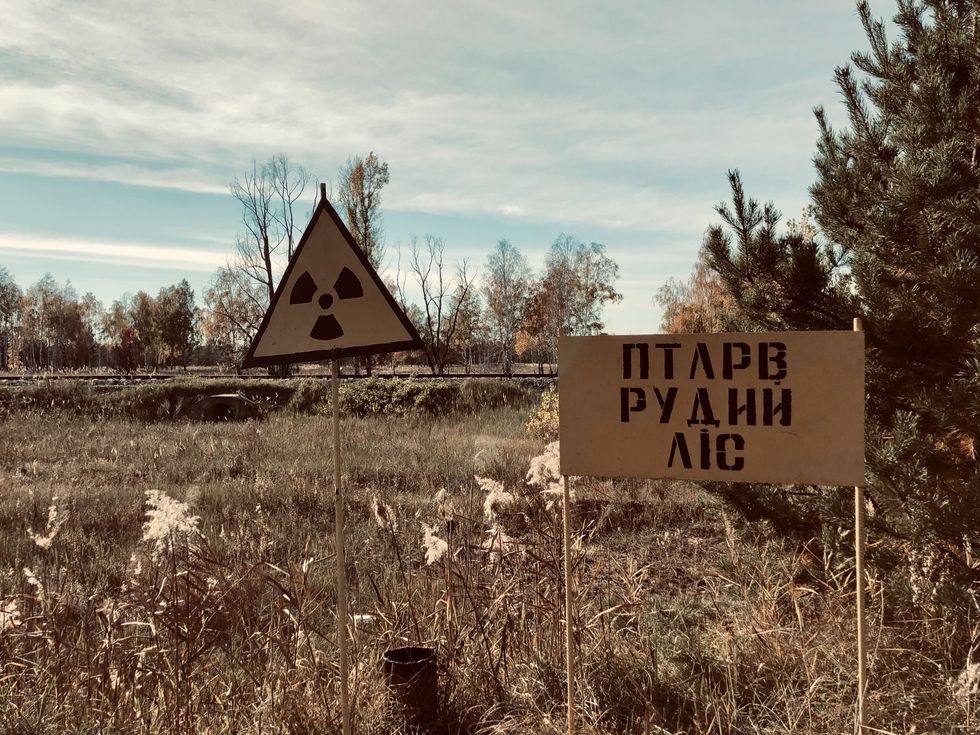Spring, 1986. My mother, only 14, is wandering through the grassy fields of the Eastern European countryside. The next day, she and her friends notice that the stalks that had stood tall the day before have fallen flat down on the ground. They shake their heads in confusion. Little do they know, one of the worst nuclear disasters in history has just occurred a train ride away.
The incident at the Chernobyl Nuclear Power Plant occurred when one of the reactors at the power plant exploded. This explosion, which was 400 times stronger than the Hiroshima atomic bomb, caused the release of radioactive particles hundreds of miles in every direction. The three main radioactive elements released were iodine, strontium, and cesium. Iodine, in particular, is connected to your thyroid gland, as it converts it to thyroid hormones. But the problem is that your thyroid can't tell the difference between regular iodine and radioactive iodine. The thyroid gland absorbs all of it and once it does, it sits in the body emitting radiation into tissue and damaging DNA. This genetic damage induces cancer. Radioactive iodine isotopes in the atmosphere fell onto the grass, which was ingested by cattle and entered the food supply. In the decades following the incident, 6,000 cases of thyroid cancer were reported. James A. Fagin at Memorial Sloan Kettering studied adults who were children at the time of the incident. According to his study, children were most affected because their thyroid gland is especially effective in trapping iodine.
As an adult, my mom got diagnosed with hypothyroidism, a condition where the thyroid is under-active. When I was 16, my doctor told me I had the same issue. At first, I was petrified at the news. Is this treatable? Will I pass this onto my future children? While it is not treatable, it can be managed. I was shocked at how something that happened so many miles away and so long ago could affect my health today. I soon learned that most of my family members and neighbors have similar conditions. This makes sense, as I grew up in a Russian-speaking community, and nearly 8.4 million people in Belarus, Ukraine, and Russia were exposed to the radiation.
Knowing that this is not a rare diagnosis creates a sense of solidarity. Nevertheless, more awareness needs to be spread about the health impacts of the Chernobyl disaster.









































